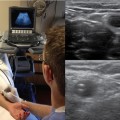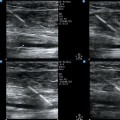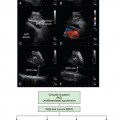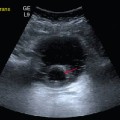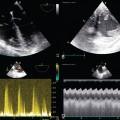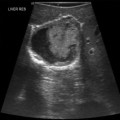35 Ultrasound is the only imaging modality, apart from magnetic resonance imaging (MRI), that provides real-time functional and structural information on the beating heart. However, modeling moving cardiovascular structures is a complex process that requires three- dimensional (3D) reconstruction of two-dimensional (2D) data by fast imaging techniques (e.g., MRI) to thus yield dynamic four-dimensional (4D) views of cardiovascular pulsations. The unique 3D geometry of the cardiovascular system is partially responsible for the diversity of physiologic interactions between blood flow and cardiovascular structures. Recent advances in 3D echocardiography, cardiac computed tomography (CT), and MRI techniques have improved cardiovascular diagnostics considerably. In addition, with the advances achieved in graphics techniques for surface rendering, the potential for attaining useful information from graphics in medical imaging has emerged. Several techniques have been developed, such as the maximum intensity projection, shaded surface display, volumetric rendering, and others. The visualization tool kit (VTK) and the insight tool kit (ITK) are two examples of packages developed for performing image registration and segmentation based on ITK and VTK libraries. These open-source tool kits have an active development community that includes laboratories, institutions, and universities from around the world.1,2 CFD models were used to describe the fine diversities in normal 3D rotational aortic flow: the aortic vortex.3–5 The aortic geometry (curved-shaped vessel) and preformed asymmetric flow originating from the left ventricle enable the formation of counterrotating helical vortices with associated secondary flow, which are characterized by the dimensionless Dean number. Also, the pulsatility of cardiovascular flow leads to rapid changes in inertia, limited boundary layer development, and the promotion of unstable flow. Recently, our group used previous CFD models3–5 and patient-derived hemodynamic and transesophageal echocardiography data, which were used as boundaries, to run aortic vortex numerical simulations.6 An example of a simplified CFD model of normal aortic flow that integrates a swirling component of the inlet velocity at the root of the ascending aorta is illustrated in Figure 35-1
Improving cardiovascular imaging diagnostics by using patient-specific numerical simulations and biomechanical analysis
Overview
Computational fluid dynamics model of normal aortic flow
![]()
Stay updated, free articles. Join our Telegram channel

Full access? Get Clinical Tree


Radiology Key
Fastest Radiology Insight Engine

